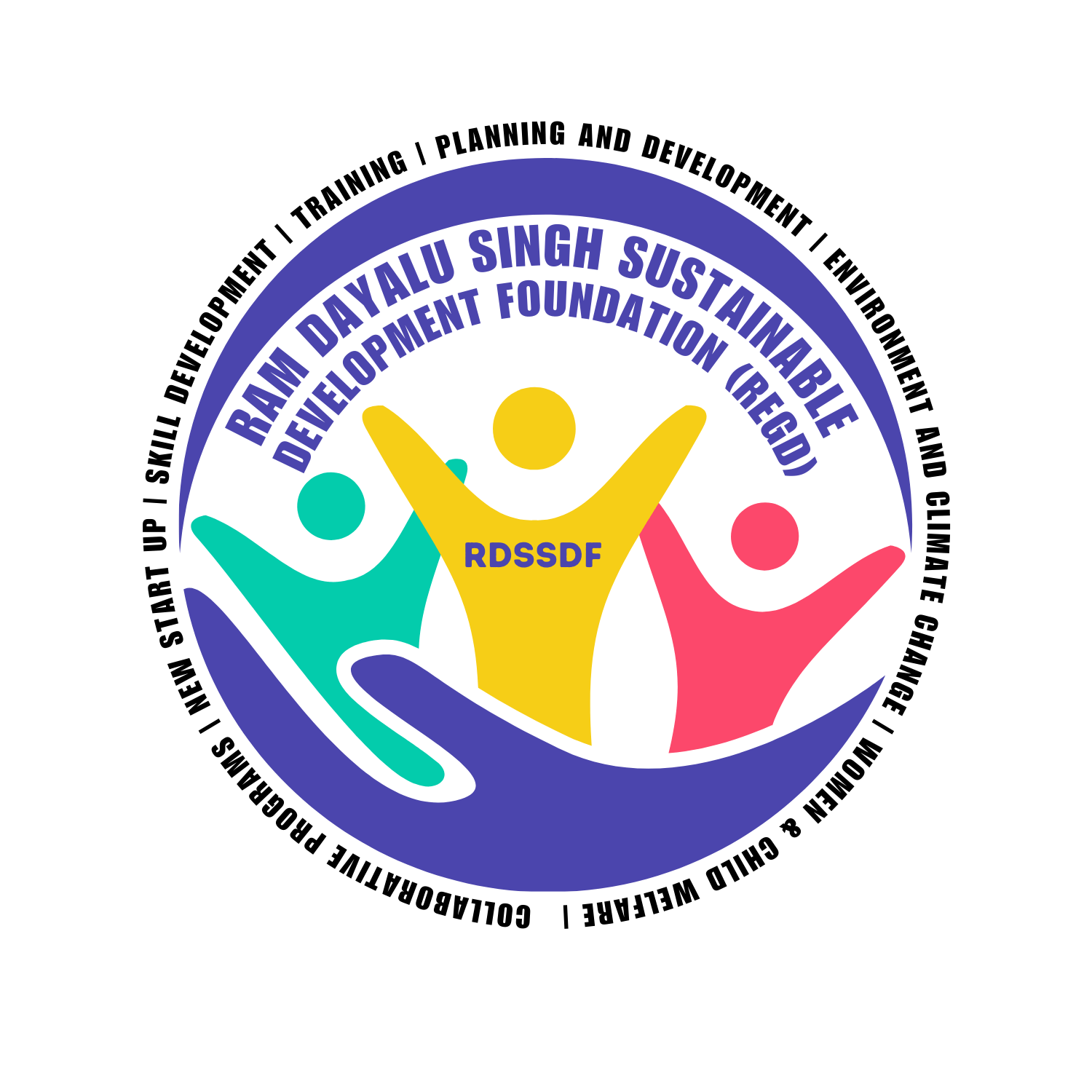UNLOCKING POTENTIAL TOWARDS SDG GOALS
Sustainable Development Goals-NEW & Renewable Energy / Forest Environment & Climate Change
The 17 SDGs are integrated—they recognize that action in one area will affect outcomes in others, and that development must balance social, economic and environmental sustainability.
Countries have committed to prioritize progress for those who’re furthest behind. The SDGs are designed to end poverty, hunger, AIDS, and discrimination against women and girls.
The creativity, knowhow, technology, and financial resources from all of society are necessary to achieve the SDGs in every context.
Between 2000 and 2018, the number of people with electricity increased from 78 to 90 percent, and the numbers without electricity dipped to 789 million. Yet as the population continues to grow, so will the demand for cheap energy, and an economy reliant on fossil fuels is creating drastic changes to our climate. Investing in solar, wind and thermal power, improving energy productivity, and ensuring energy for all is vital if we are to achieve SDG 7 by 2030.Expanding infrastructure and upgrading technology to provide clean and more efficient energy in all countries will encourage growth and help the environment.
The most popular renewable energy sources currently are: (i) Solar energy (ii) Wind energy (iii) Hydro energy (iv) Tidal energy (v) Geothermal energy (vi) Biomass energy.
The future of new and renewable energy is, as the world population rises, so does the demand for energy in order to power our homes, businesses and communities. Innovation and expansion of renewable sources of energy is the key to maintaining a sustainable level of energy and protecting our planet from climate change.
Renewable energy sources make up 26% of the world’s electricity today, but according to the International Energy Agency (IEA) its share is expected to reach 30% by 2024.
The Government of India (GoI) is spread across central (federal) and state governments, with the states having some autonomy over energy policy. At the federal level, India does not have one single ministry in charge of energy policy. GOI has at least five ministries with responsibilities for energy: the Ministry of Power (MoP), the Ministry of Petroleum and Natural Gas (MoPNG), the Ministry of New and Renewable Energy (MNRE), the Ministry of Coal (MoC) and the Department of Atomic Energy (DAE).
Ministry of Environment, Forest and Climate Change, the domain-heavy aspects of roles and responsibilities of various divisions, as well as, the necessity for preparing the institution for upcoming challenges and national-level priorities, specific focus has been given to creating domain-level interventions that ensure comprehensive coverage in terms of sectoral and geographical scope, sectors, types of capacity building and time through a future-forward lens.
SJVN- CSR
SJVN Limited, a Mini Ratna, Category-I and Schedule –‘A’ CPSE under the administrative control of Ministry of Power, Govt. of India, was incorporated on May 24, 1988, as a joint venture of the Government of India (GOI) and the Government of Himachal Pradesh (GOHP). Beginning with a single Project and single State operation (i.e. India’s largest 1500 MW Nathpa Jhakri Hydro Power Station in Himachal Pradesh) the Company has commissioned five projects totalling 2015.2 MW of installed capacity including wind and solar power. SJVN is presently implementing power projects in Himachal Pradesh, Uttarakhand, Bihar, Maharashtra and Gujarat in India besides neighbouring countries viz. Nepal and Bhutan. SJVN envisions a best-in-class Indian Power Company globally admired for developing affordable clean power and sustainable value for all stakeholders.
SJVN is committed to the concerns of its stakeholders and strives to maintain good standards of Corporate Social Responsibility (CSR) and Sustainability in its business activities. To meet this commitment, SJVN respects the rule of law, local communities and societies at large make conscious efforts to enhance the quality of life and environmental sustainability through its CSR and Sustainability programmes

 Welcome to Ram Dayalu Singh Sustainable Development Foundation (RDSSDF), a beacon of hope and progress for the sustainable development of India. As a National Level Public Charitable Trust, it is dedicated to providing comprehensive support and innovative solutions.
Welcome to Ram Dayalu Singh Sustainable Development Foundation (RDSSDF), a beacon of hope and progress for the sustainable development of India. As a National Level Public Charitable Trust, it is dedicated to providing comprehensive support and innovative solutions.